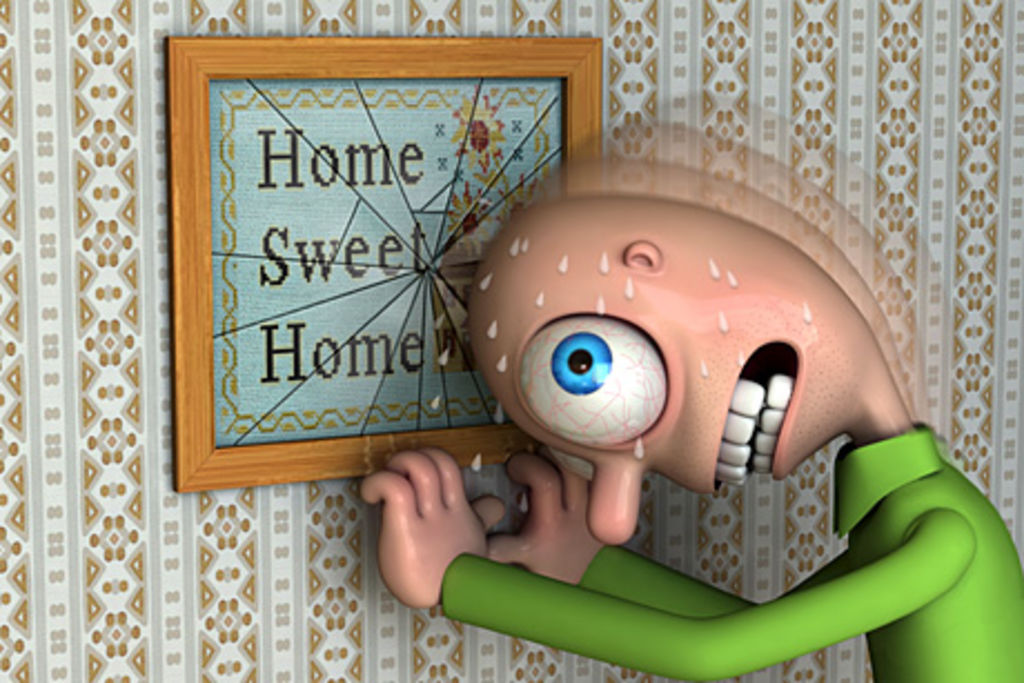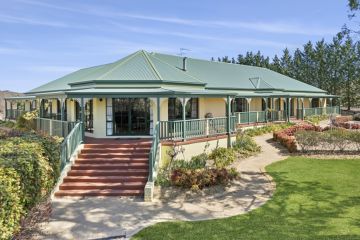Home loans fall, rate rises bite

Update The number of home loans fell again in March, marking the sixth consecutive monthly decline, amid rising interest rates and a chronic shortage of housing. The tally of owner-occupiers shrank to its smallest level in nine years.
The number of home loans dropped 3.4 per cent in March, following a 1.8 per cent fall in February, according to Australian Bureau of Statistics figures. It’s the eighth fall in the past nine months. Analysts had tipped a 3 per cent fall in March, according to Bloomberg.
The total value for all loans eased 1.4 per cent in the month to $20.1 billion, seasonally adjusted, while the value of owner-occupied homes dropped 3.4 per cent to $13.5 billion, the ABS said.
A sustained supply of newly built homes – and the loans needed to fund them – is required to address the nation’s estimated 200,000 unit shortage of affordable housing, housing groups say. The latest monthly figures suggest housing finance is not going to provide the spur for that supply.
The total number of owner-occupied home loans fell to 48,260 in March from 49,983 in February – the lowest level since April 2001, according to Matthew Circosta, an economist with Moody’s Analytics.
“Demand for home loans is plummeting amid rising interest rates, and there appears little light at the end of the tunnel, with borrowing costs raised again in April and May,” said Mr Circosta.
“The number of housing finance commitments has declined every month since the Reserve Bank of Australia commenced withdrawing its monetary stimulus from the economy in October.”
“The Reserve Bank faces a dilemma with the housing market,” said Mr Circosta. “It is trying to avert an asset bubble by raising interest rates. However, this is stifling loan demand for the construction of new homes, with the already severe housing supply shortage putting more upward pressure on house prices.”
Loans for investment in real estate increased 3 per cent in March, from a 1.1 per cent fall in February, which will help construction moderately, analysts said.
State by state
The number of home loans fell in every state, including 6.8 per cent in Western Australian, seasonally adjusted, and 5.6 per cent in South Australia. Northern Territory saw a 12.1 per cent slide.
Home loans fell 4.1 per cent in New South Wales and 3.5 per cent in Victoria, the ABS said.
In Queensland, home loans dropped 1.8 per cent, 2.1 per cent in Tasmania and in Canberra they fell 4 per cent.
The Reserve Bank, which raised interest rates by 25 basis points to 4 per cent for the fourth time in March, hiked them again in April and most recently this month to 4.5 per cent to fight inflationary pressures and keep the economy on a growth track.
”This RBA can’t ignore this,” said ICAP economist Adam Carr, who noted March’s fall marks nearly a cumulative 30 per cent fall in the monthly number of home loans over the past six months.
”We’re seeing strong house price growth and very good auction clearance rates but it’s not sustainable,” Mr Carr said. ”There are very few people who can just walk up and pay cash for a house.”
”Clearly this is telling you the housing market is going to slow down.”
Credit markets are currently pricing in no change when the RBA meets next month but predict an official cash rate of 5 per cent within a year – implying two more rate rises by then.
First home buyers
The share of first home buyer loans as a percentage of the total dropped to 16.1 per cent in March from 18.1 per cent in February 2010, the ABS said. It peaked at a 28.5 per cent of the market last May.
“This is understandable given the RBA, after being on holiday in January and pausing in February, took mortgage rates back to within about 20 basis points of long run averages,” said 4Cast Ltd. economist Michael Turner.
Loans for construction dropped 7.3 per cent to 5800 in the month, from 3 per cent fall in February.
Although March showed a decline in the stock, it’s still well-above the 2006-2008 average of 4500, Mr Turner said.
Mr Turner said April’s numbers could show a weaker result as would-be buyers’ fears of rate rises were confirmed the previous month.
Also, the RBA governor Glenn Stevens appeared on breakfast television in late March to warn Australians against the idea of counting on surging house prices as a form of wealth.
Housing puzzle
Analysts, as well as the central bank, have been puzzled by the disparity between slumping home loans and ongoing increases in home prices, which rose 20 per cent in the year to March on ABS figures.
In its quarterly Statement of Monetary Policy, released last week, the RBA said, ”the divergence between aggregate nationwide loan approvals and housing prices remains something of a puzzle, although the developments in housing finance across the states appear to be broadly consistent with developments in prices”.
The RBA speculated that more up-graders were buying without the need for loans, while activity in the first home buyers market – a segment heavily dependent on borrowing – has fallen.
Other analysts have speculated that the gap between prices and loan volumes could be explained by foreign investors, a source of demand likely to cool in future months following a government crackdown announced last month.
czappone@fairfax.com.au
Business Day
We recommend
We thought you might like
States
Capital Cities
Capital Cities - Rentals
Popular Areas
Allhomes
More







